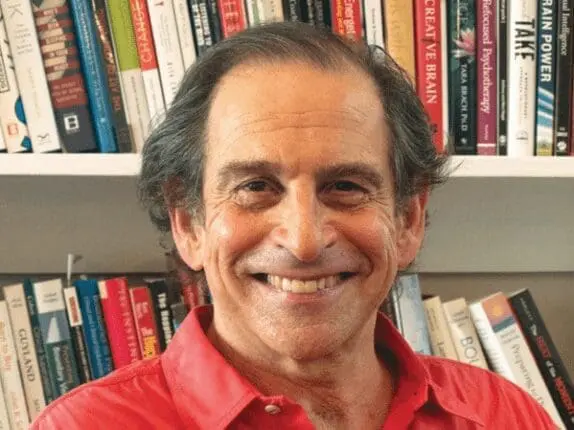As a boomer, I came of age at a time when the consumption of an alluring cornucopia of forbidden recreational drugs seemed both an act of rebellion and a rite of passage. So when I first heard about the growing research in recent years on the therapeutic use of psychedelics to treat trauma and other emotional ills, I was frankly a bit bemused. It was as if what some were touting as psychotherapy’s next great advance was actually a flashback to the freewheeling ’60s. It all seemed embarrassingly groovy, laden with images of tie-dyed T-shirts and wild-eyed psychedelic guru Timothy Leary.
Nevertheless, it’s been hard to dismiss the overwhelmingly positive results of early trials providing MDMA-assisted psychotherapy to people suffering from treatment-resistant PTSD, leading the FDA to deem it a “breakthrough therapy” and speed along current phase-3 trials, the final step before approval. Meanwhile, researchers at NYU and Johns Hopkins have been investigating the use of psilocybin-assisted therapy to ease anxiety and fear of death in patients with terminal illnesses, and to treat a host of other issues, including chronic addiction. Due to the efforts of serious-minded scientists and therapists dedicated to establishing their clinical benefits, psychedelics once deemed therapeutically off-limits are now emerging from their underground hiding place.
Amidst all the encouraging research, not to mention the intense enthusiasm of psychedelic therapy’s advocates, we decided to take a closer look at this phenomenon. In this issue’s lead article, senior writer Lauren Dockett offers an inside look at the distinctive experience of both clients and therapists on the healing journey that psychedelics can facilitate. We also interviewed renowned journalist Michael Pollan, whose comprehensive new book, How to Change Your Mind: What the New Science of Psychedelics Teaches Us About Consciousness, Dying, Addiction, Depression, and Transcendence, has brought mainstream attention to both the promises and challenges of this new vision of therapy.
Physician Gabor Maté explores an ancient shamanic ceremony involving ayahuasca, a blend of two Amazonian plants, that can spur deep emotional and spiritual healing. Maté describes not only his own personal experience with this psychedelic brew, but also what’s necessary when integrating this age-old practice into a modern-day therapeutic context. Finally, Bessel van der Kolk, one of the foremost trauma researchers, mindful of the field’s earlier missteps in trying to incorporate psychedelics into therapeutic practice, offers his view of the potential risks and benefits of what may lie ahead.
Many questions about the clinical use of psychedelics remain unanswered; no doubt, these will take quite a while to sort out. Still, it’s not too early to begin thinking about them. Will psychedelic-assisted therapy continue to gain traction? Will it eventually be practice-changing for everyday clinicians? We can’t know the answer at this point, but what this issue makes clear is that the clinical interest in psychedelics is much more than a haphazardly organized, tie-dyed pursuit of a mind-expanding inner adventure. Whether or not it spurs a full-fledged revolution in our field, it’s likely to be an influential force in shaping the psychotherapy of the future.
Richard Simon
EDITOR, Psychotherapy Networker
Rich Simon
Richard Simon, PhD, founded Psychotherapy Networker and served as the editor for more than 40 years. He received every major magazine industry honor, including the National Magazine Award. Rich passed away November 2020, and we honor his memory and contributions to the field every day.













